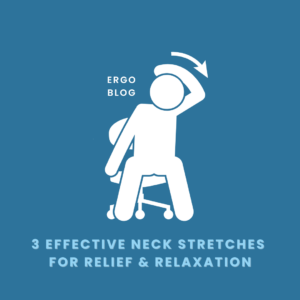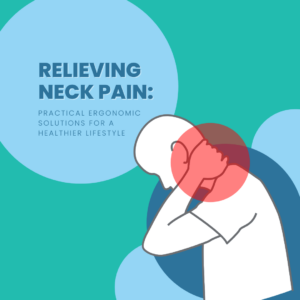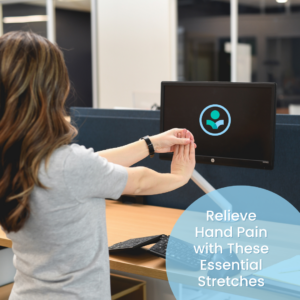Updated: Jul 19, 2024
How to Choose an Anti-Fatigue Mat
Choosing the Right Anti-Fatigue Mat: A Comprehensive Guide
Standing for long periods can lead to discomfort and fatigue, but with the right anti-fatigue mat, you can significantly reduce these issues. However, with various options available on the market, choosing the perfect anti-fatigue mat for your needs can be overwhelming. From material and size to thickness and features, there are several factors to consider. In this guide, we’ll walk you through the essential factors to help you make an informed decision when selecting an anti-fatigue mat.
- Material: The material of the anti-fatigue mat plays a crucial role in its comfort, durability, and suitability for different environments. Common materials include rubber, foam, and gel. Rubber, preferably nitrile mats are durable and offer excellent support, making them ideal for industrial settings or workshops. Foam mats are softer and provide cushioning, making them suitable for offices or kitchens. However, foam will breakdown faster than nitrile. Oftentimes foam goes flat over time and nitrile is highly unlikely to flatten. If you are in a wet or oily environment, choose nitrile which is impervious to liquids/chemicals.
- Thickness: The thickness of the anti-fatigue mat determines its ability to reduce pressure on your feet and joints. Mats typically range from ¼ inch to 1 inch in thickness. Thicker mats provide better cushioning and support, making them ideal for environments where individuals stand for extended periods. However, thicker mats may not be suitable for areas with low clearance, such as under doors or in tight spaces. Be sure to avoid getting a mat that is too thick as your ankles may feel like they are sinking into the mat. It may be tough to step onto a mat that is too thick. If the mat is too thin, there isn’t enough support. Be mindful of the level of firmness as well. A mat that is too soft can be too challenging to stand and therefore affect your posture. If the mat is too firm, it may be like standing on concrete.
- Size and Shape: Anti-fatigue mats come in various sizes and shapes to accommodate different workspaces and preferences. Rectangular mats are the most common and versatile option, suitable for most environments. However, you can also find circular, semi-circular, or custom-shaped mats to fit specific areas, such as reception desks or workstations with limited space. Measure your workspace and consider the layout to determine the appropriate size and shape of the mat. Acromat provides great custom solutions to fit the most unique sizes and shapes. Based on a survey from Acromat, the most common complaint about anti-fatigue mats from employees is it is the wrong shape and size. This response was from 40% of the people being surveyed.
- Surface Texture: The surface texture of the anti-fatigue mat affects its slip resistance and comfort. Mats with textured surfaces provide better traction, reducing the risk of slips and falls, especially in high-traffic areas or environments prone to spills. NFSI is the leading independent testing agency for product testing, certification, and standard development. The NFSI testing system provides mats with a Transitional Coefficient of Friction (TCOF) rating which is as follows:
- Lower than 0.4 – Low traction / higher probability of slipping
- Between 0.4 and 0.6 – Moderate traction / average probability of slipping
- Greater than 0.6 – High traction / low probability of slipping
- If an anti-fatigue mat is “high traction” certified, it can be found in the NFSI database
- Consider the type of footwear worn in your workspace and the likelihood of spills or moisture when choosing the surface texture of the mat.
- Additional Features: Some anti-fatigue mats come with additional features to enhance their functionality and convenience. Look for mats with border colors for high traffic, border angles, drainage holes, and non-slip backing. Additionally, consider mats with anti-static properties for use in areas with sensitive electronic equipment. As always, be sure to review the warranty and fine print.
Choosing the right anti-fatigue mat is essential for maximizing comfort, productivity, and workplace safety. By considering material, thickness, size and shape, surface texture, and additional features, you can select a mat that meets your specific needs and preferences. Whether you’re standing in the kitchen, at a standing desk, or in an industrial setting, investing in a high-quality anti-fatigue mat is an investment in your well-being and long-term health. Take the time to evaluate your options and choose a mat that will provide the support and relief you need to thrive in your environment.
Check out our YouTube video below for a visual representation of the blog!



